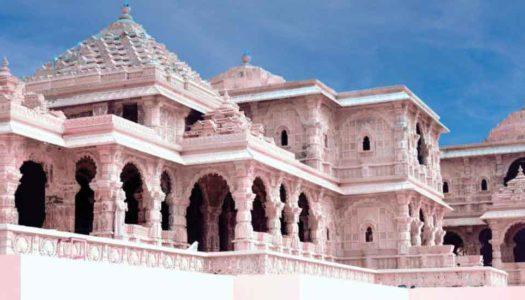India, the land of gods and goddesses, welcomes you to explore sites transcending the ordinary. The country comprises lands where sites are converted into important places of worship. Such is the story of the famous Ayodhya Ram temple. Popularly known as the Ram Janmabhoomi, it indeed attracts thousands of travellers, including history buffs, pilgrims and archaeology enthusiasts.
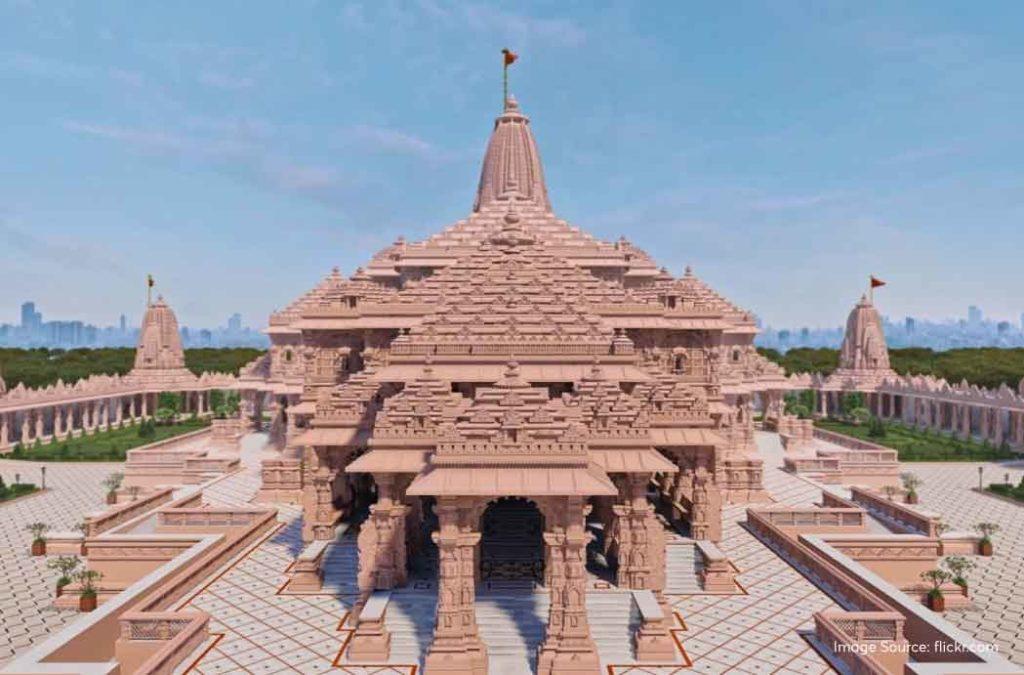
Exploring Ayodhya Ram Temple is indeed a unique experience due to its architecture, history and mythological mysteries. The massive temple premise comprises vibrant floral beauty, a statue of Lord Ram and a lot more! It is best to plan your visit well, as the temple witnesses a large footfall. Here’s an exclusive Ayodhya Ram temple guide to help you navigate smoothly on your divine journey.
Book Budget Hotels in Ayodhya
Ayodhya Ram Temple: Historical Grandeur
Did you know that so many temples in India have mysterious existences? Some are constructed only because some king or queen dreamed about them. Others are made when royals receive an order from the gods or goddesses. Including the Shakti Peethas and Jyotirlingas, temples have extraordinary tales. So is the case of the Ayodhya Ram temple!

The story of this temple started in 1528, when the Mughal Emperor, Mir Baqi, decided to construct a mosque for worship. That is also when the locals believed the site of the mosque to be the birthplace of Lord Rama. Locals suggested that the mosque was built by demolishing the Ramkot temple, dedicated to Lord Rama. It was only in 1858 that the real battle began and you must know it!
In 1858, India was under British rule, which led to the domination of British officials with reference to the temple. They restricted Hindus from visiting the temple. In fact, they were given a separate area outside the temple for all religious practices and rituals. In 1949, again, the idols of Lord Rama and Goddess Sita were installed inside the mosque. After this move, Muslims were restricted from entry.
In the 1980s, the Vishwa Hindu Parishad (VHP) initiated the fight to reclaim the site for Hindus. Interestingly, the Government of India as well as the Uttar Pradesh state government supported the move. The foundation stone was laid on November 9, 1989. You must be wondering if the story will end, but this is just a small beginning to something even more dramatic!
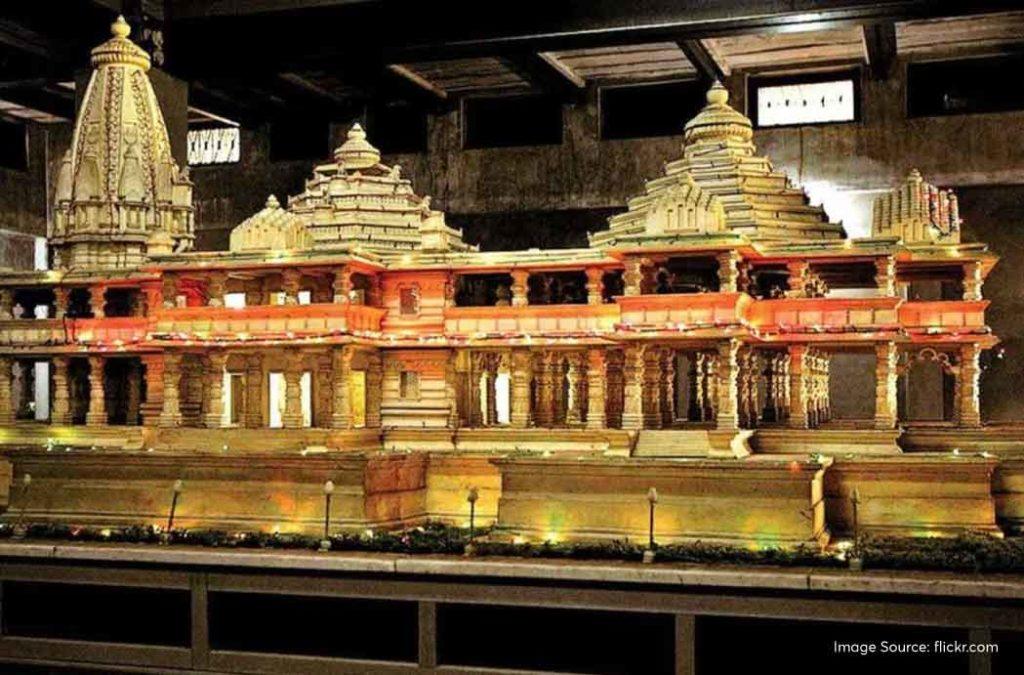
In 1992, a rally was organised consisting of more than a lakh volunteers. However, things turned dark when the rally was attacked. The mosque (now Ram Janmabhoomi Temple) was demolished. Such a drastic move sparked inter-community clashes. What’s more? Right after the day of demolition, 25+ Hindu temples were destroyed in Pakistan and Bangladesh.
It was only after the archaeological findings that the existence of a temple was suggested. After multiple legal disputes, Shri Ram Janmabhoomi Teerth Kshetra formed a trust. The battle came to an end in the year 2020. At the same time, a massive piece of land was allocated for the construction of a mosque. This move shows the diversity and unity of Indian citizens. Ram Janmabhoomi Temple or the Ayodhya Ram Temple, was then inaugurated on January 22, 2024. The place of worship is dedicated to the infant Lord Ram, also known as Ram Lalla.
Nagara Architecture inspired by the Sompura Family
Sompuras are popularly known for their architectural excellence. Along with the famous Somnath Temple, the architecture of the Ayodhya Ram Temple is also inspired by them. Certain alterations were made to the existing design so as to suit modern-day expectations. Moreover, the aim was to highlight the sheer elegance and significance of Lord Rama. This led to the construction of a temple that spoke of grandeur and serene vibes.
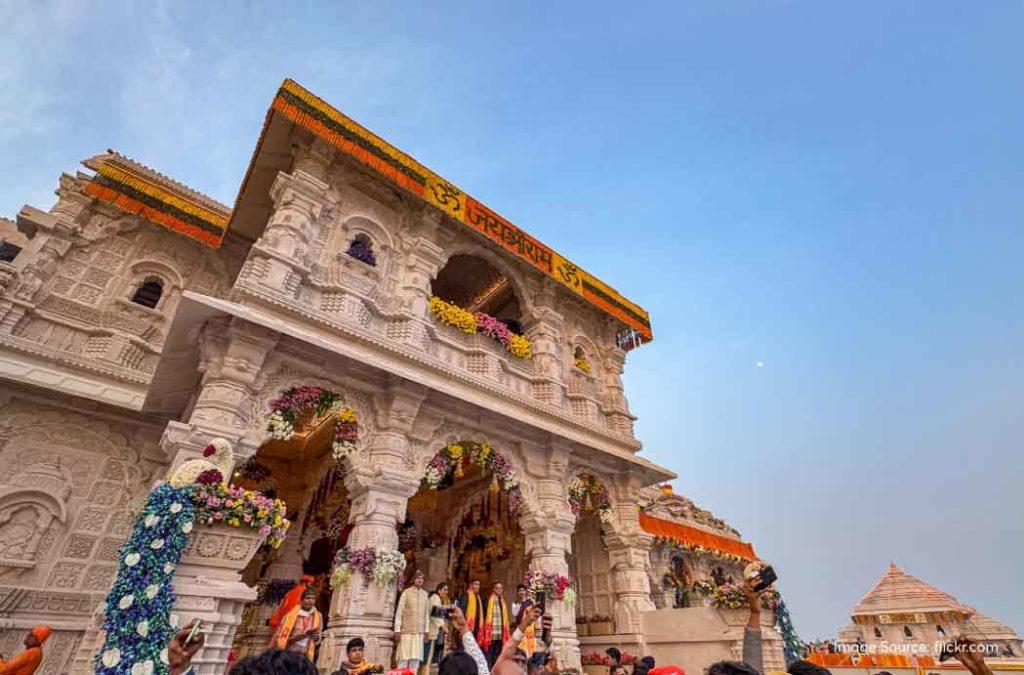
Did you know Ayodhya Ram Temple is the third-largest Hindu temple in the world? Yes, purely because of its spectacular construction on this divine piece of land. Along with finalizing the design, Sompuras took special care of the Vastu and Shilpa Shastras. Every corner here is carefully chosen for the right activity. You get an amazing opportunity to witness Nagara-style architecture, the one that’s famous in Northern India.
You must be surprised to know that Ayodhya Ram Temple has a three-story layout. It also has five mandaps (main sanctum). To elevate the look of each mandap are the beautiful shikharas (pointed tops). Ram Janmabhoomi Temple also has five halls on the first floor, which are dedicated to Nritya, Sabha, Rang, Prarthana and Kirtan. With 366 columns, the temple is made without the use of iron or steel. Moreover, Markana stones are used for constructing the interiors, where every pillar is decorated with flower garlands.
Ayodhya Ram Temple: Beyond the Glory of Ram Lalla
Believed to be the birthplace of Lord Rama, the Ayodhya Ram temple shines with his glory. The idol of Ram Lalla itself depicts sheer opulence, innocence and child-like fun. The main sanctum of the temple houses the idol of Ram Lalla. However, there are a plethora of other gods and goddesses residing here. That also makes this temple an extraordinary place.
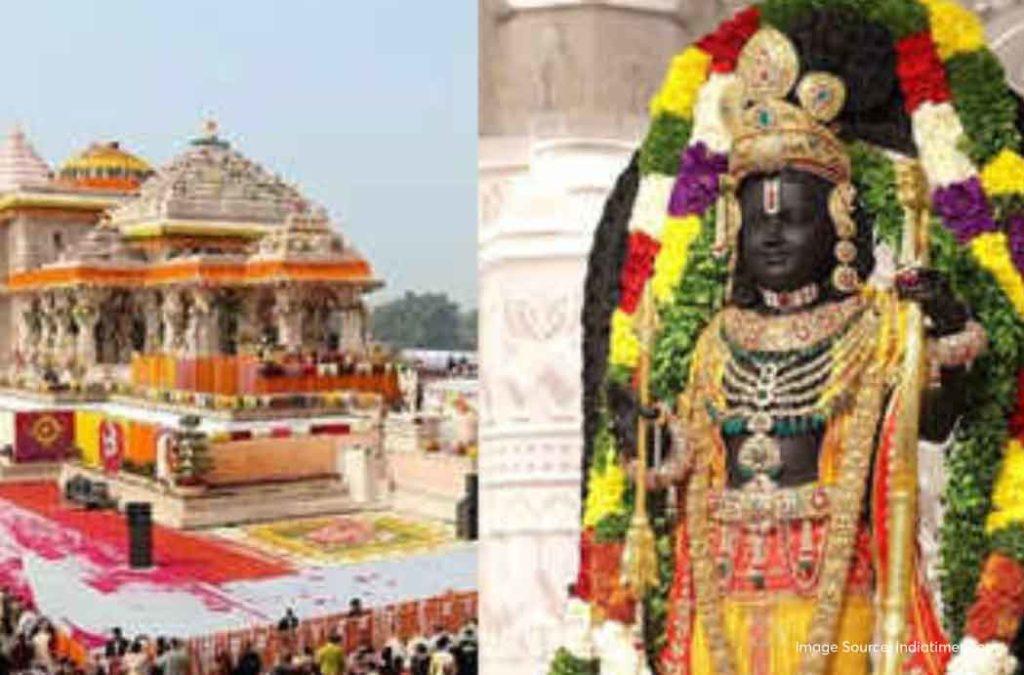
You can literally seek blessings from the 16 idols present in this massively beautiful temple. To pay respects, the government has well planned the creation of this temple. You can witness several incarnations of Lord Shiva, 12 incarnations of Goddess Saraswati, the Chausath Yoginis and 10 Dashavataras. The octagonal-shaped temple also houses Lord Surya, Lord Ganesh, Bhagwati, Goddess Annapurna and Lord Hanuman.
Transcending the Religious Significance in Uttar Pradesh: Economic Gains and More
Ayodhya Ram temple is definitely one of the unique and mesmerizing projects in the country of India. After all, decades of battles led to the construction of this divine Ram Janmabhoomi. Talking about the numbers, the temple can accommodate more than 70,000 visitors in a day.
Such a large capacity boosts economic gains for the state. As more and more people visit the temple, the state is expected to score high in terms of travel and tourism. This also leads to an increase in hotel bookings, donations for other religious places nearby and a boost in local sightseeing.
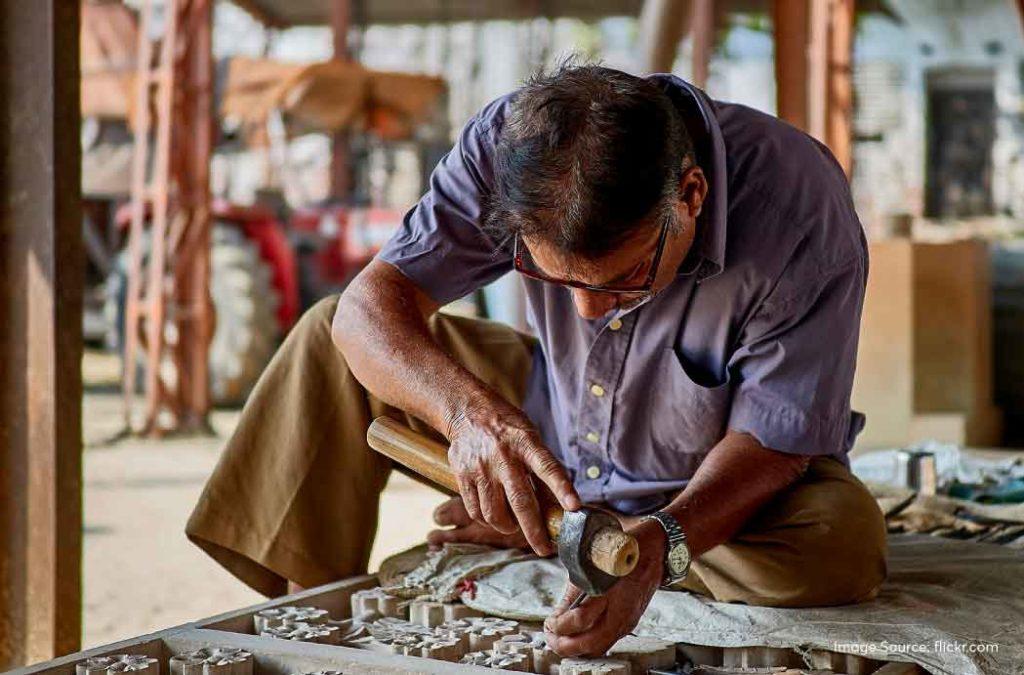
Due to the iconic Ayodhya Ram temple, the government also sanctioned a $10 billion plan for transforming the state. The plans also include the construction of an airport, revamping the current railway station and turning developing the city into a structured township. All the efforts are directed at promoting Ayodhya as one of the leading places for pilgrims across the globe. The economy is expected to grow by 4 trillion rupees by the end of 2024.
Key Features of Ayodhya Ram Temple
- Ayodhya Ram Temple has a Ram kund, which is ideal for yagnas, rituals and other traditional poojas.
- It is home to Karm Kshetra, specially dedicated to holy rituals during auspicious occasions.
- Hanuman Gadhi is the place where you can seek blessings from a massive idol of Lord Hanuman.
- Shri Ramlala Purakalik Darshan Mandal is an elaborate library to discover various books on religion, mythology and the history of Lord Rama.
- Shri Kamm Keerti is the place for religious discourses on holy occasions, including Ram Navami and Sita Navami.
- Guru Vashishtha Peethika is a research centre dedicated to the study of Ramayana, Sanskrit and Vedic knowledge.
- Are you looking for a peaceful environment? Bhakti Teela is an important part of the Ayodhya Ram temple for meditation and prayers.
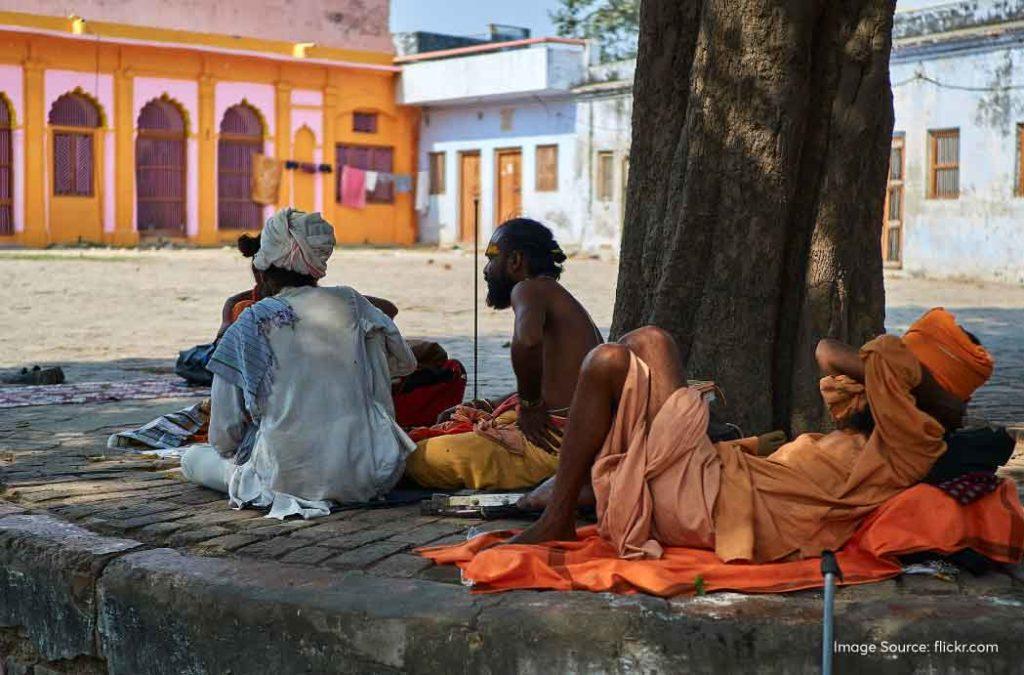
- Tulsi is located at the epicentre of the temple. It is an open-air theatre with a 360° seating arrangement.
- Ram Darbaar is built for exclusive communication, lectures for the young generations and the projection of Lord Rama’s stories.
- Mata Kaushalya Vatsalya Mandap is an exhibition hall where you can walk through religious artefacts and important pictures of the Ramkot temple.
- Shri Dashrath is a goshala (cow shed) where you can feed cows and take their blessings.
- Ayodhya Ram temple also has a Luv Kush Nikung, a children’s play area.
- Mata Sita Rasoi Anna Kshetra is a dedicated zone for a mega kitchen. You can peacefully enjoy your meals here.
- Ayodhya Ram Temple also has lifts and ramps, perfect for elderly travellers.
Ayodhya Ram Temple is open to visitors from all walks of life, no matter your caste or creed.
Entry Fee and Ayodhya Ram Temple Online Booking
Entry to the temple is absolutely free. However, you need to make an online reservation for your visit through the temple’s official website. This helps the authorities track the number of visitors so as to manage the crowds. The waiting time is anywhere between 30 minutes and an hour on a weekday. It gradually increases during aarti time and on weekends. So, plan your visit accordingly.
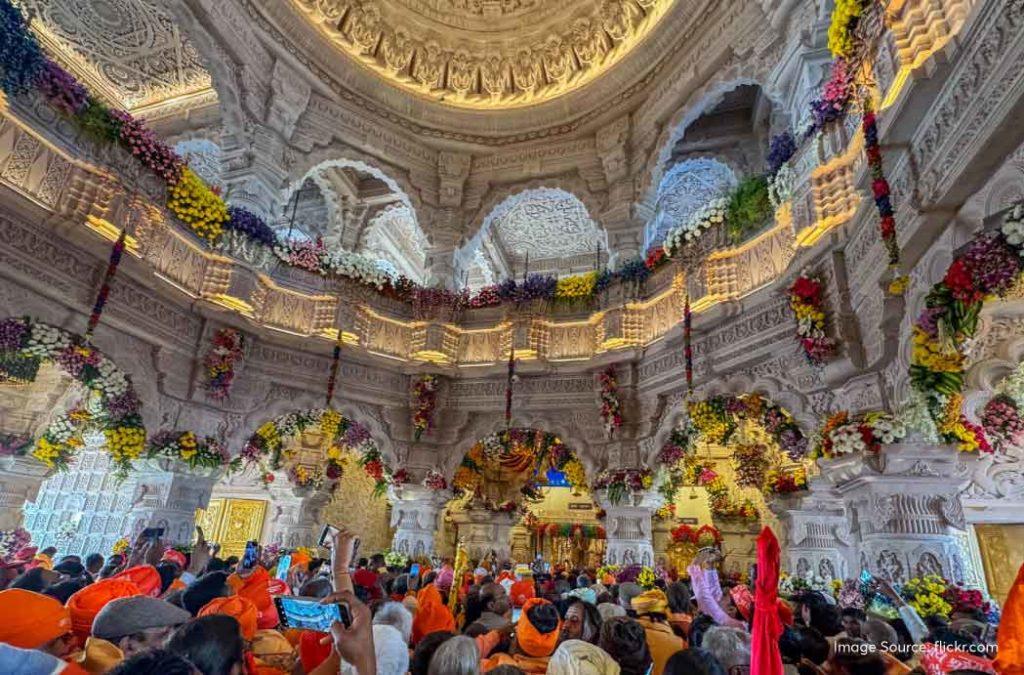
Any bookings through an agent or third party are strictly prohibited. If you are approached by anyone inside the Ayodhya Ram Temple claiming for fast darshan, reject the service by all means. The temple strictly follows the rules and is not associated with any such members. It is always a good idea to book affordable hotels in Ayodhya for a relaxing stay.
Timings
The temple is open for all visitors from 6:30 AM to 12:00 PM and 1:00 PM to 9:00 PM.
Location
Sai Nagar, Ayodhya, Uttar Pradesh 224123
How to Reach Ayodhya Ram Temple?
Ayodhya is well-connected to different cities in India. Considering your travel preferences, you can choose any of the below transport options.
By Air
- The nearest airport is Faizabad Airport, at a distance of 9.5 kilometres.
- Gorakhpur Airport is also a nearby airport to the temple, at a distance of 146.8 kilometres.
- Chaudhary Charan Singh International Airport (Lucknow) is at a distance of 161.8 kilometres from Ayodhya.
By Railway
- Ayodhya Junction is one of the nearest railway stations to the temple. It is located at a distance of 1.5 kilometres.
- Faizabad Railway Station is located at a distance of 11.2 kilometres from the temple.
By Road
- Ayodhya Ram Temple is accessible via roadways through private vehicles or hired cabs.
- The roads are well-connected to the national highways including NH19, NH27 and NH30 thereby allowing you to enjoy scenic journeys.
- You can also opt for state-run buses, which are easily available from the major cities of Delhi, Lucknow and Gorakhpur.
Best Time to Visit Ayodhya Ram Temple
The best time to visit the Ayodhya Ram temple is during the winter season, from October to March. The weather is pleasant and it gives you an amazing opportunity to explore the nearby places. It is also the time when you find a lot of tourists around. However, chilly evenings make it worth the wait! The temperature ranges from 10°C to 27 °C.
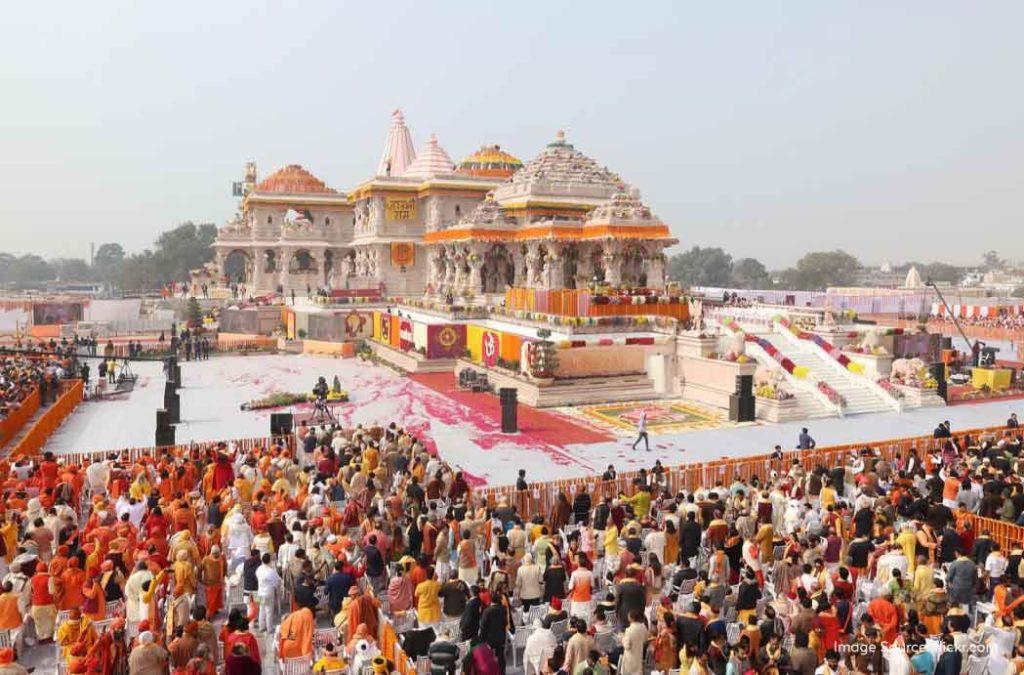
You can also plan your visit post-March if you can bear the scorching heat. It is, however, not advisable to visit during the summer season as the weather is humid. Similarly, monsoons might just make it uncomfortable to explore other places.
Lesser Known Facts about the Famous Ayodhya Ram Temple
- Temple received significant contributions from Thailand as the country sent soil for the construction of Ram Janmabhoomi.
- During the collection of donations for the Ayodhya Ram temple, many Muslims and Christians happily contributed to its construction.
- Nepal sent two 60-million-year-old Shaligram rocks from the Gandaki River.
- Ayodhya Ram Temple witnessed a footfall of 1.2 million visitors just in the first two weeks of the temple’s inauguration.
- Soil was collected from the holy places in India, including the divine rivers, Kamakhya Temple and Char Dham Temples.
Ram Janmabhoomi in Today’s Time: A Testament to Consistent Perseverance
In a technically advanced age where young generations are inclined towards learning, Ayodhya Ram Temple stands strong as a pillar of hard work, commitment and endurance. It gives out a significant message: never give up! While it took hundreds of battles to claim the land of Lord Rama, the end result inspires millions of young people out there.
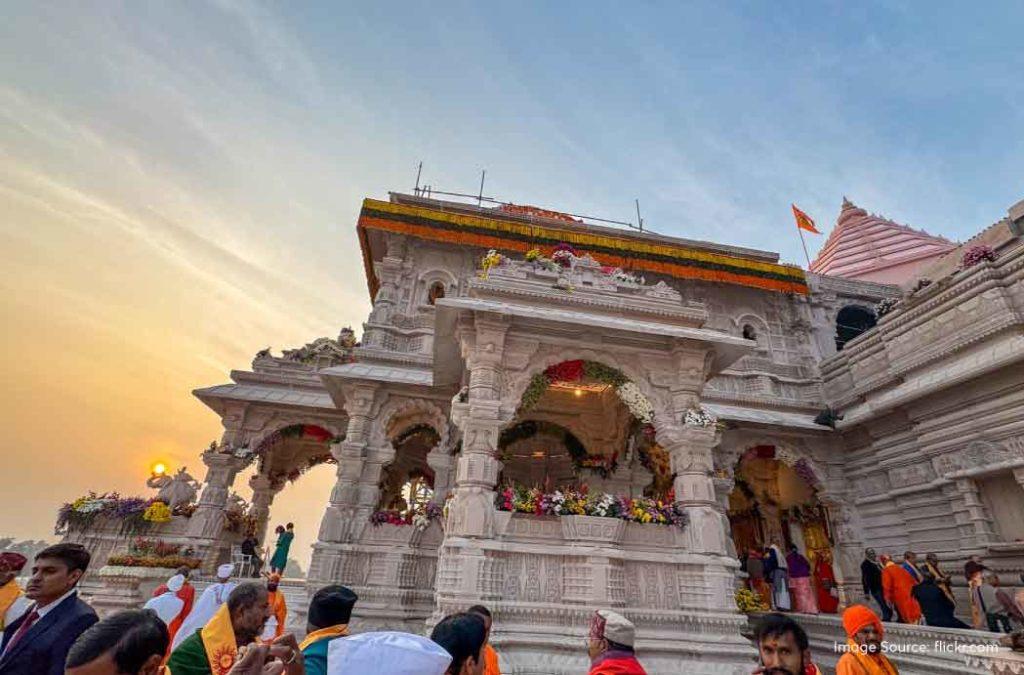
The temple also talks about the importance of unity in a nation that brings together people and communities. Moreover, the historical move inspires people to not only visit the temple but also learn from its perplexing history. In today’s time, the Ayodhya Ram Temple is an important part of education. Many such models are constructed for display in malls and in public places.
Artists across social media platforms are motivated to build replicas of the temple, thereby engaging with global talents as well. Moreover, people are more keen to discover the mysteries, architecture and thoughts that lie beneath the construction of a majestic place of worship. It sends out a vital message of how simplicity can be equally luxurious and opulent with the right craftsmanship!
Your Entry Pass to the Grand Ayodhya Ram Temple!
Visiting the Ayodhya Ram Temple is not just a pilgrimage but an act of respect for the battle lost and finally won! The celebration of such a victorious journey can only be done through generous prayers and a worthy visit. Now that you have the map of your journey, it is time to book tickets for a tranquil experience on the land of Lord Rama.











